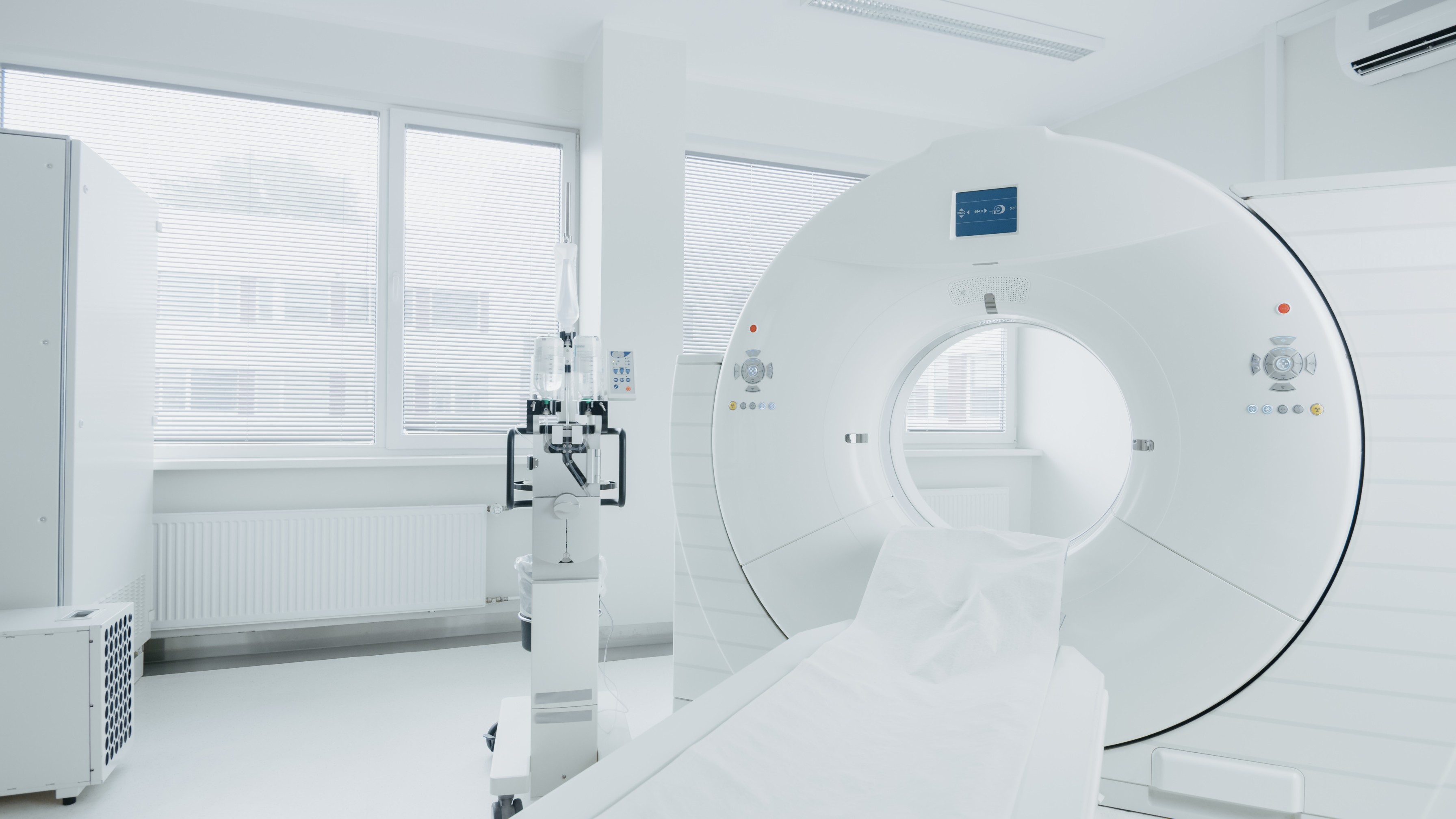
- Health Hub
- /
- scans

It’s an exciting time in medicine. Over the last decade, industry-disruptors like gene editing, 3D printing, and artificial intelligence have entered the mainstream of medical treatment. Diagnostic technology is evolving at a fast clip, too.
Medical imaging scans like X-rays, MRIs, CT scans, PET scans, mammograms, and ultrasounds make up most of the current industry standard for diagnosing or confirming disease, injury, or abnormality. However, the level of detail and precision in each of these scans is not always optimal, and new, innovative imaging technologies designed to improve patient diagnoses and outcomes are emerging all the time.
Six medical imaging trends to follow in 2022
Here are a few exciting developments in the world of medical imaging this year:
Resources:
med-technews.com: Latest Medtech News - Med-Tech Innovation
itnonline.com: Imaging Technology News
radiologybusiness.com: Cleveland Clinic names PSMA PET a top 10 medical innovation to watch in 2022